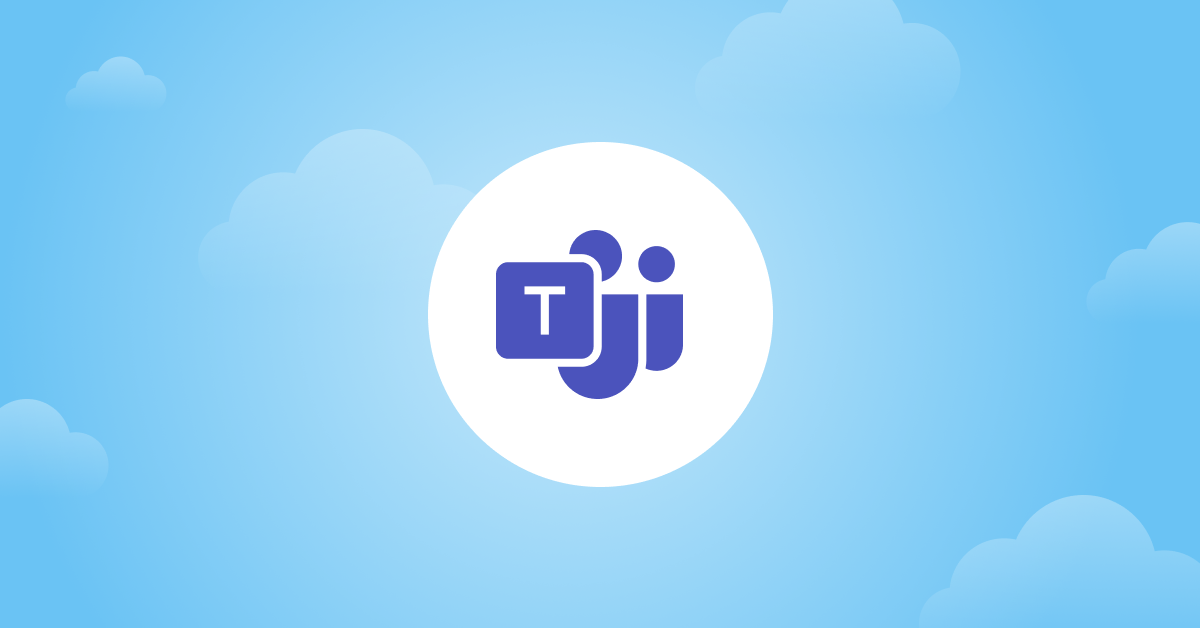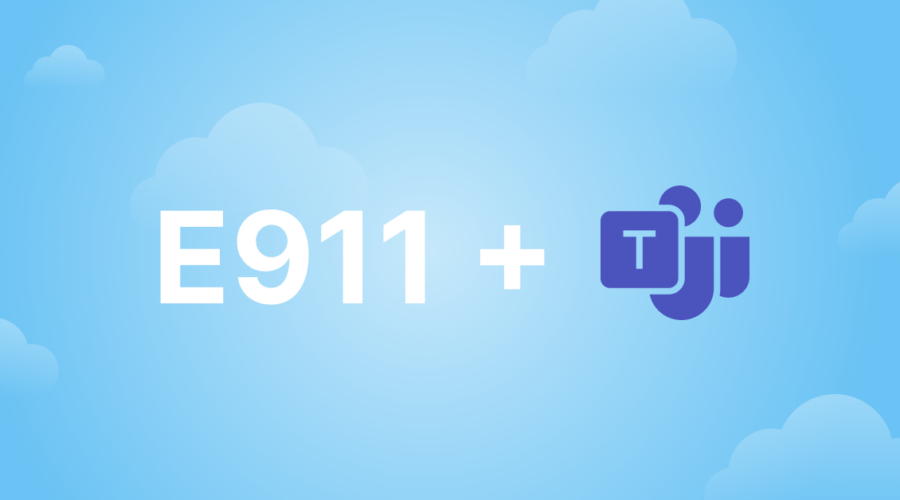If your enterprise is using Microsoft Teams, you have options with regard to your voice calling. Most notable of these is Direct Routing, which is why we wanted to take a look at what Direct Routing is, its benefits, and what to look for when selecting a provider.
What is Microsoft Teams direct routing?
To use Teams as your enterprise’s phone system means you have to connect it to the Public Switched Telephone Network (PSTN), provision and maintain phone numbers, and support E911 location management and call routing.
To accomplish this, Microsoft offers three options to connect Teams to the PSTN:
- Microsoft Teams Calling Plan – Offered directly and managed by Microsoft, the Calling Plan establishes direct connectivity between Teams and the PSTN with Microsoft managing phone numbers and gives users a set number of calling minutes for a fixed per-user, per-month fee.
- Direct Routing – This enables your enterprise to connect your own session border controller (SBC) to Microsoft Teams while also allowing you to choose your own SIP Trunking and E911 provider.
At its core, Direct Routing is the ability to bring the carrier of your choice to Microsoft Teams.
The benefits of Teams direct routing
The reason that enterprises choose Direct Routing for Teams is the myriad benefits they receive by doing so. In addition to the potential for lower costs and improved control and flexibility, leveraging Direct Routing can benefit enterprises in other ways as well, including:
- Maintaining control over your phone numbers and routing plans
- Faster migration to Teams by eliminating the need to port existing phone numbers to Microsoft
- Support for PSTN connectivity for both Teams and legacy on-prem platforms during migration or to support a long-term hybrid model
- Support for multiple cloud providers, such as Microsoft Teams for telephony and another provider for your contact center
- Access to advanced porting capabilities that can enable rapid migration from your existing phone system to Teams
- The ability to use emerging features offered by some Direct Routing providers, such as SMS integrations and support for E911 user location and emergency call routing
For many of the reasons mentioned above, the cost savings realized by utilizing Direct Routing can be significant. Nemertes surveyed more than 500 organizations and found that on average they used only 50-75% of their calling plan minutes, which meant they were paying for minutes they weren’t using. Working with a carrier through Direct Routing enables you to find a calling solution that saves you money, and ensures you aren’t paying for minutes you aren’t using.
Selecting your direct routing provider
Deciding on Direct Routing means your organization will have to choose a SIP Trunking provider. When looking for your provider, there are a few things to keep in mind when comparing options.
Network ownership & connectivity
Does the provider own their own network? Working with a provider that owns and operates a network with Tier-1 connectivity can help you to avoid potential service outages and support issues by enabling you to go directly to the source for your connection.
Scale and reach
Does the provider have the reach you need? Some only work in specific regions. If you need nationwide or even global connections, work with a carrier that can provide you with the service you need.
Pricing
How do you want to be charged for voice calling? Whether it’s a flat rate or by the minute pricing structure, find a provider that has the rates and pricing structure to ensure you’re not overpaying (or paying for services you aren’t using).
Reliability
Do you like it when your calls drop? No, and neither will your users. SIP trunking providers differentiate themselves based on their uptime. Choose a Direct Routing provider that has high uptime to get more reliable voice calling.
Network connectivity options
How do you want to connect? Whether it’s SIP Trunking over the internet or using dedicated network services, select a provider that can enable you to connect the way that makes the most sense for you.
E911 Support
Is your organization in compliance with the latest E911 rules and regulations? RAY BAUM’s Act requires the sharing of detailed location information, such as building, floor, wing, or even office with public safety. Work with a provider that can enable these features for you and that stays up to date on current and future regulations to ensure your organization is taking the necessary steps.
Advanced services
There’s more than just voice calling that goes into Direct Routing. There’s phone number management and SMS to and from Microsoft Teams associated numbers to consider as well. Be sure to find a provider that can give you all of the features you’re looking for now and in the near future.
Other considerations for buying Teams direct routing
Understanding what to look for in a SIP Trunking provider is important, but there are a few other considerations you’ll want to account for when deciding to make the move to Direct Routing. They include:
- What Microsoft-certified SBC option do I plan to use?
- What options exist for seamless migration to Microsoft Teams?
- What E911 regulatory requirements must I meet?
- Can switching to a new SIP Trunking provider offering more flexible billing models reduce operational costs?
- Are my preferred SIP Trunking provider’s services certified for Microsoft Teams?
Make sure your organization does its due diligence to ensure you’re selecting the ideal Direct Routing provider that will guarantee a smoother operational transition, minimal costs, and maximum reliability and flexibility in the future.



